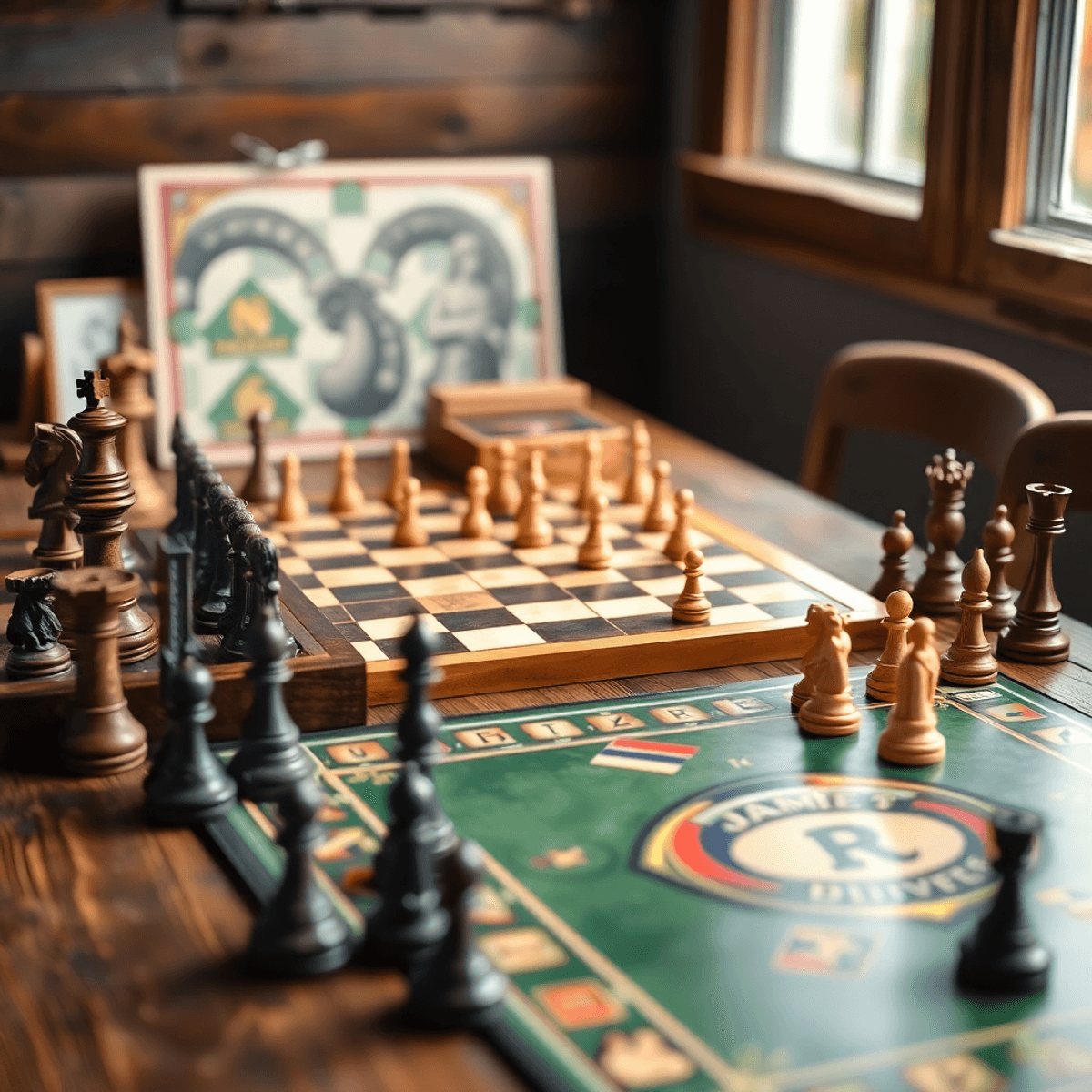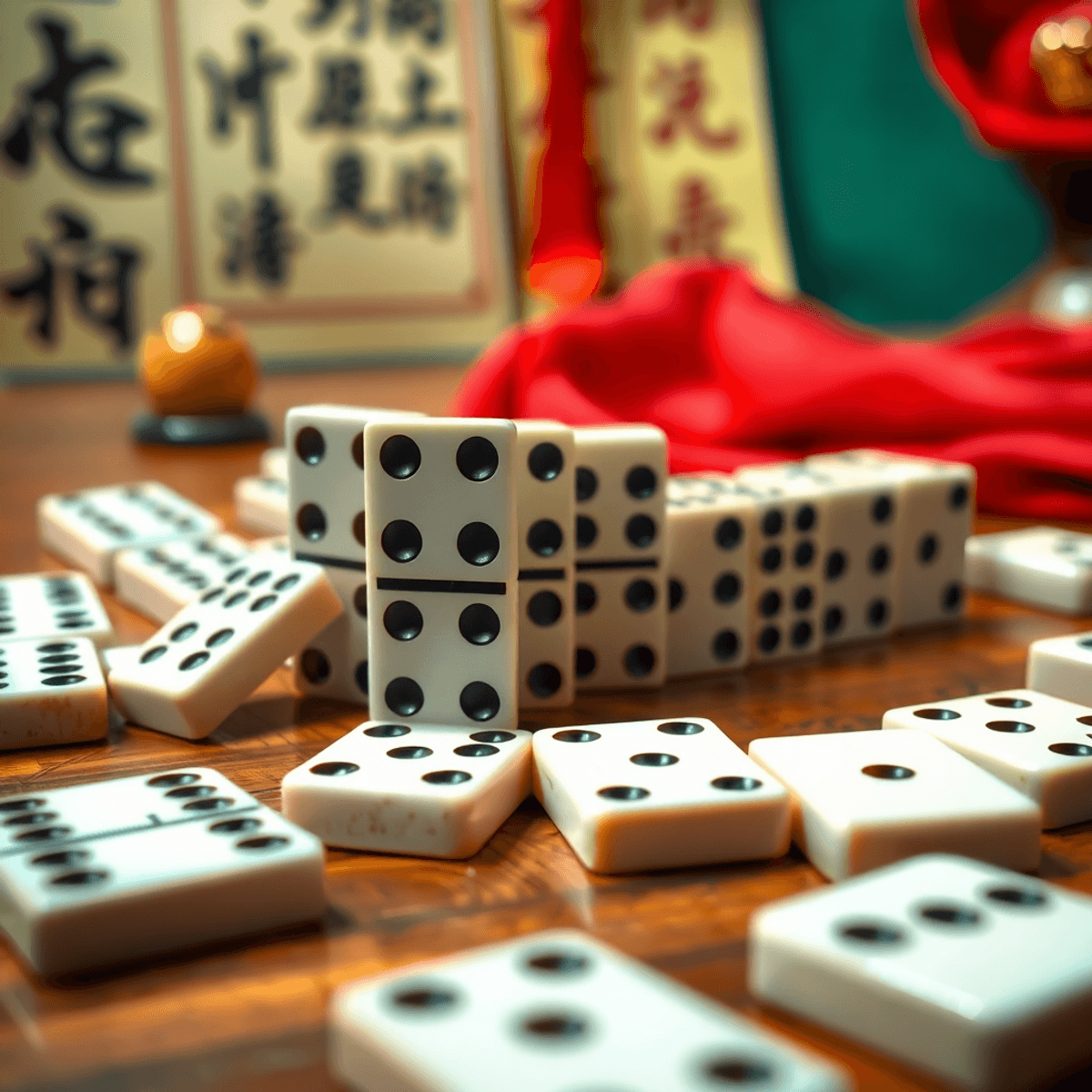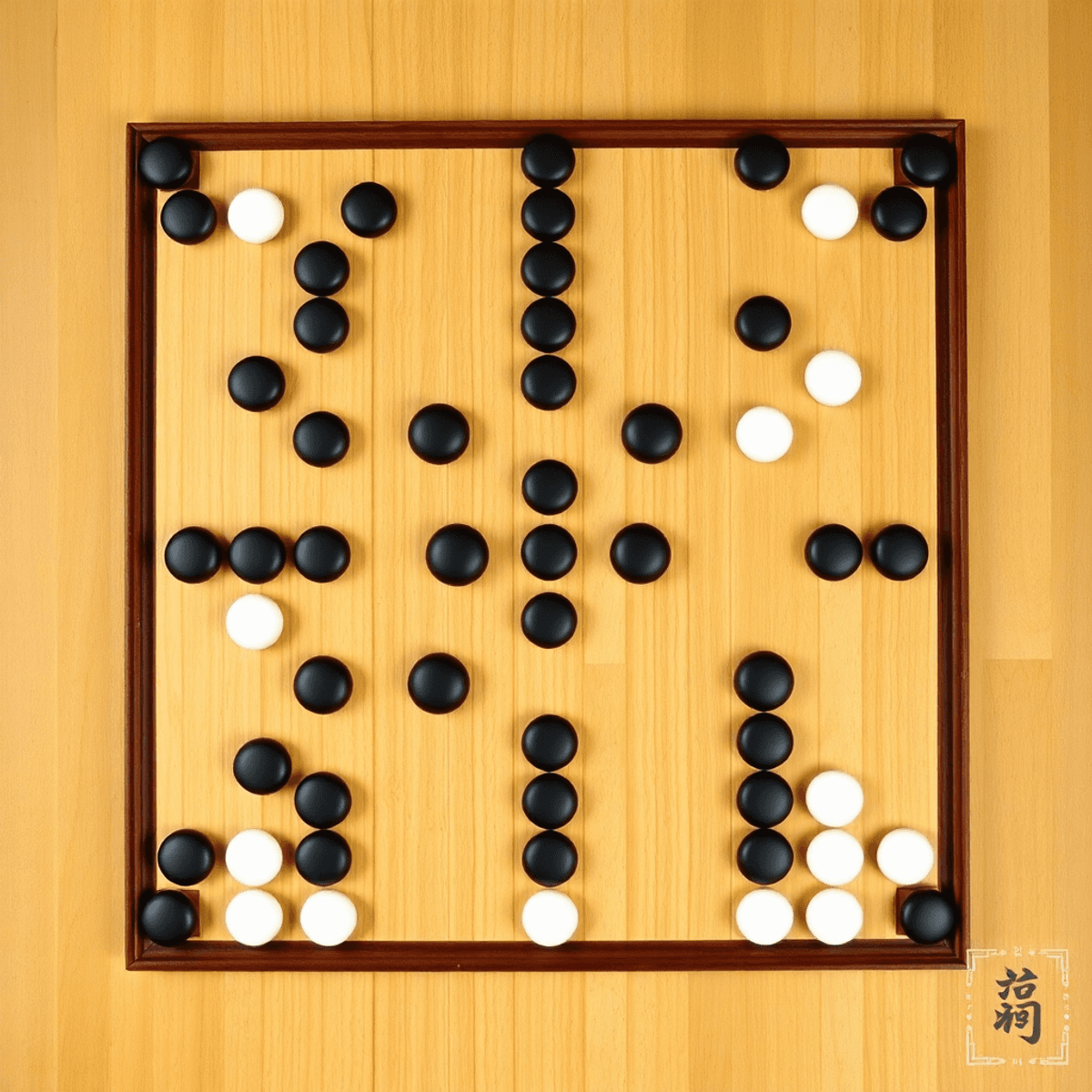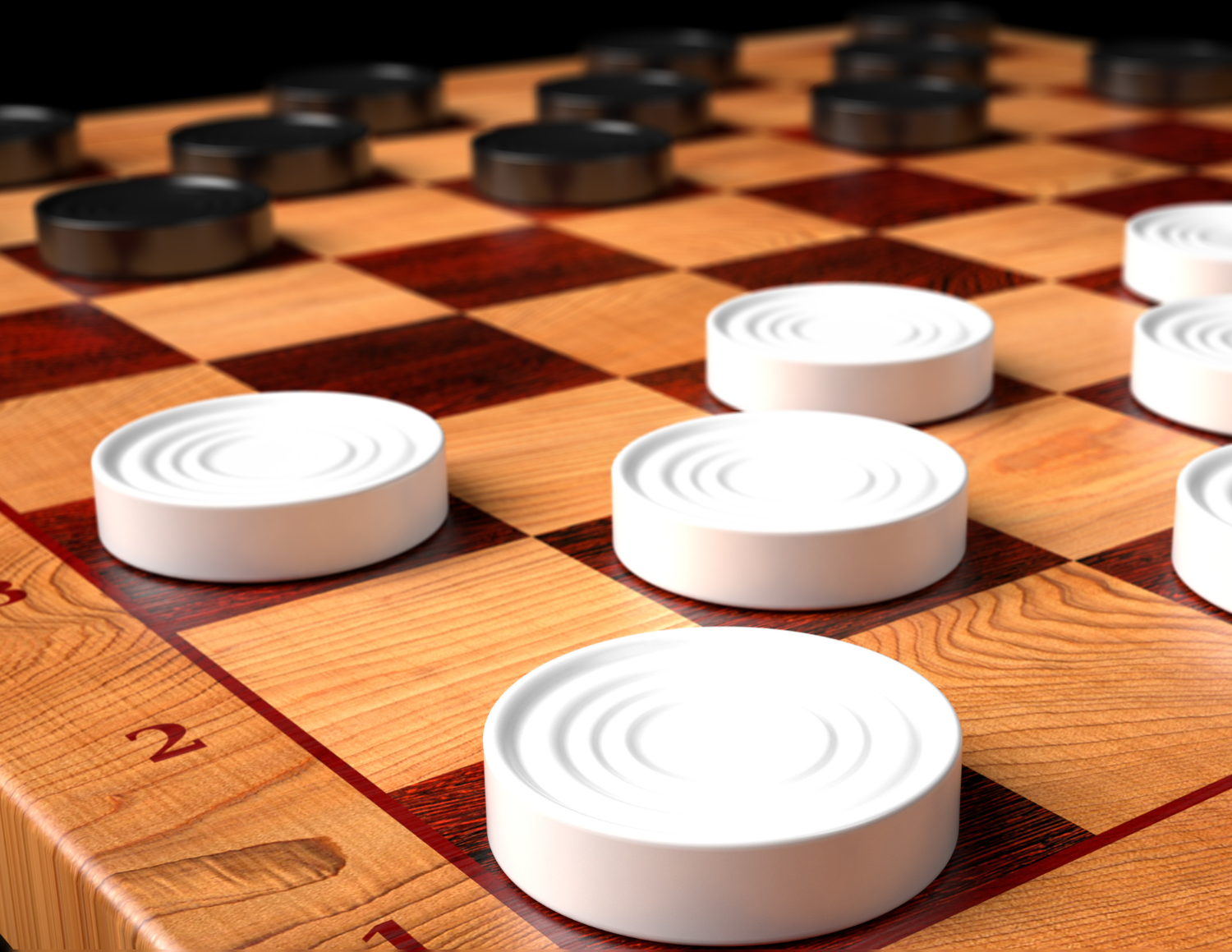
Classic board games are timeless treasures in human culture, captivating players across generations with their unique blend of strategy, skill, and social interaction. From ancient Egyptian palaces to modern living rooms, these games have woven themselves into the fabric of societies worldwide.
This article delves into the rich history of classic board games, tracing their journey from ancient civilizations to contemporary culture. We’ll explore their origins in early human societies, examine their evolution through different historical periods, and analyze their lasting influence on entertainment, education, and social interaction.
The enduring appeal of classic board games lies in their remarkable ability to:
- Create meaningful social connections
- Challenge intellectual capabilities
- Provide entertainment without the need for technology
- Adapt to different cultures and contexts
These beloved pastimes have survived countless technological revolutions, maintaining their relevance in an increasingly digital world. The global board game market continues to thrive, with traditional favorites sharing shelf space alongside innovative new titles.
The Ancient Beginnings: Traditional Board Games
Classic board games history starts at the earliest forms of structured play, featuring specific rules, playing pieces, and gaming surfaces. These games were more than just activities—they reflected the values, beliefs, and social structures of ancient societies.
Senet: The First Board Game
Dating back to 3500 BCE, Senet is the oldest known board game found in Egyptian tombs. This game had:
- A board with 30 squares arranged in three rows
- Playing pieces representing the journey through life to the afterlife
- Specialized throwing sticks to determine moves

Diversity of Ancient Games
The ancient world saw the emergence of several significant games:
- Mehen: An Egyptian game shaped like a snake, symbolizing the sun god Ra’s cosmic journey, where players moved marble-like pieces along a coiled board.
- Hounds and Jackals: Created around 2000 BCE in Egypt, this game was played on a palm-shaped board with pegged pieces, requiring strategic movement through 58 holes.
These games reflected intricate cultural aspects such as religious beliefs, social hierarchies, military strategies, and mathematical concepts.
Archaeological findings show that these games spread through trade routes, connecting different ancient civilizations. Gaming boards carved into temple floors and royal tombs emphasize their importance in both everyday life and sacred rituals.
From Past to Present: The Evolution of Board Games
The transformation of board games through history reflects humanity’s growing appetite for strategic complexity and intellectual challenge. This evolution becomes apparent when examining the shift from ancient counting games to modern strategic masterpieces.
Early Strategic Development
The simple yet engaging mechanics of Wari, where players capture stones through mathematical calculations, laid groundwork for more sophisticated gameplay elements. These foundational concepts sparked the development of increasingly intricate rule systems and strategic depth.
The Birth of Chess
Chaturanga, emerging in 6th century India, marked a pivotal moment in game design. This military simulation featured distinct pieces representing:
- Infantry (pawns)
- Cavalry (knights)
- Elephants (bishops)
- Chariots (rooks)
These specialized units introduced asymmetrical gameplay mechanics that revolutionized board game design. The game’s influence spread across trade routes, evolving into regional variants like Shatranj in Persia and ultimately becoming modern chess.
Strategic Complexity
Game mechanics evolved from simple race-and-capture patterns to incorporate:
- Resource management
- Territory control
- Multiple victory conditions
- Variable player powers
This progression reflects deeper understanding of game theory and player psychology. The mathematical principles behind these developments continue shaping modern game design, influencing both digital and analog gaming experiences.
The rich tapestry of board game evolution demonstrates how simple counting games transformed into sophisticated strategic experiences that challenge players’ tactical thinking and decision-making abilities.
Beyond Entertainment: The Influence of Classic Board Games
Classic board games are more than just fun activities. They have a significant impact on education, military strategy, and social growth.
Board Games in Military Strategy
The Prussian military changed the way they trained soldiers by using Kriegsspiel, an advanced war simulation board game created in the early 1800s. This new method of teaching the military influenced how modern armies plan and think strategically.
Board Games in Education
In schools, board games are versatile tools that teach various subjects:
- Mathematics: Games like Monopoly enhance numerical literacy and financial planning
- Strategic Thinking: Chess develops problem-solving abilities and forward planning
- Language Development: Word-based games strengthen vocabulary and communication
- History: Games based on historical events offer interactive learning experiences
Cognitive Benefits of Board Games
Studies show that playing board games regularly can improve cognitive skills:
- Memory function
- Concentration
- Spatial reasoning
- Critical thinking
- Decision-making abilities
Social Benefits of Board Games
Board games also have social benefits that contribute to personal growth. According to Dr. Stuart Brown from the National Institute for Play:
“Board games create a structured environment where players learn crucial life skills – from graceful winning to resilient losing, from negotiation to cooperation.”
These games promote important social skills through face-to-face interaction, teaching players how to understand nonverbal cues, be patient, and develop emotional intelligence. In therapeutic settings, board games can be used as effective tools for resolving conflicts and improving social skills in both children and adults.
A Glimpse Through Time: The Timeline of Board Game History
The history of board games is a fascinating journey that spans thousands of years, filled with important developments and cultural changes. Here’s a timeline highlighting key moments in board game history:
Ancient Era (3500 BCE – 500 CE)
- 3500 BCE: Senet emerges in Egypt
- 2600 BCE: The Royal Game of Ur appears in Mesopotamia
- 500 BCE: Go develops in China
- 100 CE: Ludus Latrunculorum spreads through Roman Empire
Medieval Period (500 – 1400 CE)
- 600 CE: Chaturanga evolves in India
- 1000 CE: Chess adaptation spreads across Europe
- 1200 CE: Backgammon gains popularity in Persian culture
The Golden Age (1880s – 1950s)
- 1883: Life becomes the first popular American board game
- 1903: Monopoly precursor “The Landlord’s Game” debuts
- 1935: Monopoly reaches mass production
- 1949: Scrabble enters the mainstream market
Modern Renaissance (1995 – Present)
- 1995: Settlers of Catan revolutionizes strategic gaming
- 2000s: Board game cafés emerge globally
- 2010s: Kickstarter transforms game publishing
- 2020: Global board game market reaches $11 billion
The board game industry continues to grow, with no signs of slowing down. Digital adaptations and innovative game mechanics are pushing boundaries, attracting new players and expanding the market.
Independent designers are also making their mark by using crowdfunding platforms to bring fresh concepts to life. This allows them to bypass traditional publishing routes and directly connect with their audience.
At the same time, established publishers are still playing a significant role in the industry. They continue to expand their catalogs with increasingly sophisticated offerings, catering to both casual and hardcore gamers.
It’s an exciting time for board games as they evolve and adapt to changing consumer preferences. Whether through digital platforms or physical copies, these games have proven their enduring appeal across generations.
Classic Titles in Board Games History and Current Trends: Exploring the Board Game Landscape Today
The iconic game Monopoly stands as a testament to the enduring appeal of classic board games. Released during the Great Depression, this real estate trading game has sold over 275 million copies worldwide and spawned countless themed editions, from Star Wars to Pokemon.
Classic Titles That Shaped Modern Board Games
Classic titles that shaped the modern board game landscape include:
- Scrabble (1948) – The word-building phenomenon that revolutionized educational gaming
- Risk (1959) – A strategy game that introduced complex military conquest mechanics
- Clue (1949) – The murder mystery game that pioneered deduction-based gameplay
Today’s Board Game Market: A Diverse Landscape
Today’s board game market showcases remarkable diversity. The industry has evolved from simple roll-and-move mechanics to include:
- Worker placement games
- Deck-building adventures
- Cooperative experiences
- Legacy games with permanent consequences
Market Statistics: Growth and Evolution of the Board Game Industry
Market statistics reflect this evolution, with the global board game market reaching $11.6 billion in 2021. Digital adaptations and hybrid games that combine physical components with smartphone apps represent the fastest-growing segment, expanding at 15% annually.
Crowdfunding and Independent Creators: Shaping the Future of Board Games
The rise of crowdfunding platforms has transformed game development, enabling independent creators to bring innovative concepts to life. In 2022, board game projects on Kickstarter raised over $270 million, demonstrating strong consumer interest in unique gaming experiences.
Conclusion: The Enduring Legacy and Future of Classic Board Games
Classic board games are important for human connection, creativity, and intellectual growth and learning about its history is a very interesting read. These timeless activities bring generations together, allow strategies to unfold, and create lasting memories. The rise of digital technology hasn’t lessened their charm—in fact, it has made it even stronger, with traditional games finding new popularity through hybrid formats and online adaptations.
The future of board gaming looks promising with exciting developments on the horizon:
- Digital Integration: Smart boards and augmented reality experiences will combine physical and virtual gameplay
- Customization: 3D printing technology will empower players to design their own game pieces and boards
- Educational Focus: Increasing emphasis on games that promote STEM skills and emotional intelligence
- Sustainability: Eco-friendly materials and production methods will influence manufacturing
The resurgence of board games shows no signs of slowing down. As technology continues to advance and social dynamics evolve, these cherished games will adapt while still holding onto what makes them special—bringing people together, spreading happiness, and stimulating minds across cultures and generations.





